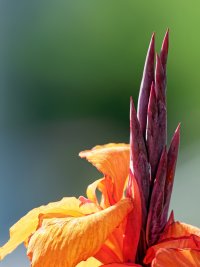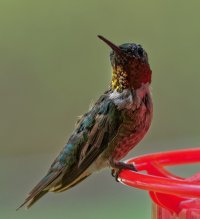Oh, now I see it. I messed up the pronounciation of the 'ough' in ploughman. You are right, having listened to it on the internet, the German 'au' sound much more appropriate. Not sure what gave me the impression it would sound like something else than what you described.
I'm not sure if I see where 'thought' sound like the German 'a' though
Local differences in language are really amazing. At work we had a conference recently, where participants from all parts of Germany and neighboring countries participated (With masks and distance and proper ventilation, of course). It was quite the contrast hearing the different speakers give their talks with only short interruptions, as of course the language is all similar enough to understand it, but those dialects do influence the tone and flow quite a lot.
We have a number of what we call (mistakenly) "short a" sounds, and there really isn't an exact match in German for any of them. "hat" (Deutsch, second person plural haben) is sort of, but not really, like our "hot" to my ears, and as far as I know there's just no German match for the vowel in "hot" [and I am talking about my particular accent, which will be different from the UK's "received pronunciation"/"Queen's English"], meanwhile our word also spelled "hat" (head covering) has a sound (which linguists call "ash" and represent with æ) which really doesn't appear in many languages, it's the stereotypical "English" vowel because it appears in no other really major language. [Apparently we all, regardless of country, pronounce the word "trap" with that sound.]
Upvote
0



